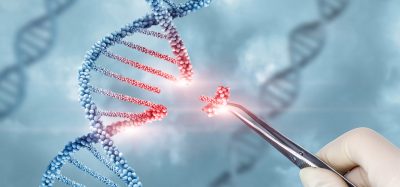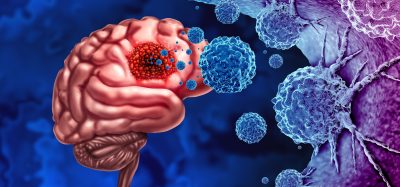Single cell analysis reveals sympathoblasts as target to treat neuroblastoma
Posted: 8 February 2021 | Victoria Rees (Drug Target Review) | No comments yet
Researchers have discovered that all childhood neuroblastomas come from sympathoblasts, making them a drug target to treat the condition.


In a new single cell study, researchers have discovered that all childhood cancer neuroblastomas arise from a single type of embryonic cell called sympathoblasts. The team came from the Wellcome Sanger Institute, Great Ormond Street Hospital (GOSH), both UK, and the Princess Máxima Center for Pediatric Oncology, the Netherlands.
The researchers sought to understand why neuroblastomas range in severity, with some easy to treat and others having relatively low five-year survival rates. They asked whether this range could be caused by neuroblastomas arising from different cell types at different stages of a child’s development in the womb.
Using single cell mRNA sequencing, the researchers analysed the gene expression of 19,723 cancer cells and compared them to a reference of 57,972 developmental adrenal cells in the hope of identifying the cell types from which neuroblastomas arise.
Dr Jan Molenaar, a senior author of the study from the Princess Máxima Center for Pediatric Oncology, said: “What is most striking about our findings is that despite the great diversity of clinical behaviour of neuroblastoma, there is an overarching neuroblastoma cell type that is found in all patients. The identification of sympathoblasts as the root of all neuroblastoma is an important step towards understanding how the disease develops and hopefully how we can treat it.”
According to the researchers, the presence of sympathoblasts, a developmental cell type not normally found in children after they are born, makes it a promising drug target for the treatment of neuroblastoma.
Dr Karin Straathof, a senior author of the study from GOSH, said: “Neuroblastoma is an unusual cancer in that some tumours resolve without intervention, yet the disease still has one of the lowest five-year survival rates of any childhood cancer. This study fills important gaps in our knowledge of what neuroblastoma cells are and revealed novel treatment targets. My hope is that new, less intrusive therapies can be developed by targeting sympathoblasts, a developmental cell type that exists only in neuroblastoma tumours after a child is born.”
As well as facilitating the discovery of sympathoblasts as the root of neuroblastoma, the single-cell reference map of the developmental adrenal gland will also contribute to the Human Cell Atlas project.
Dr Sam Behjati, a senior author of the study from the Wellcome Sanger Institute and Cambridge University Hospitals, said: “Our study shows the power of looking at individual childhood cancer cells in revealing not just one, but a plethora of novel treatment ideas. This raises the exciting prospect that a single cell atlas of all types of paediatric tumours may transform our understanding of childhood cancer.”
The study was published in Science Advances.
Related topics
Analysis, Drug Targets, Enzymes, Neurosciences, Oncology, Targets
Related conditions
Neuroblastoma
Related organisations
Great Ormond Street Hospital (GOSH), Máxima Center for Pediatric Oncology, Wellcome Sanger Institute
Related people
Dr Jan Molenaar, Dr Karin Straathof, Dr Sam Behjati








